Preventing ancient pandemics: Social distancing 9,000 years ago in Türkiye
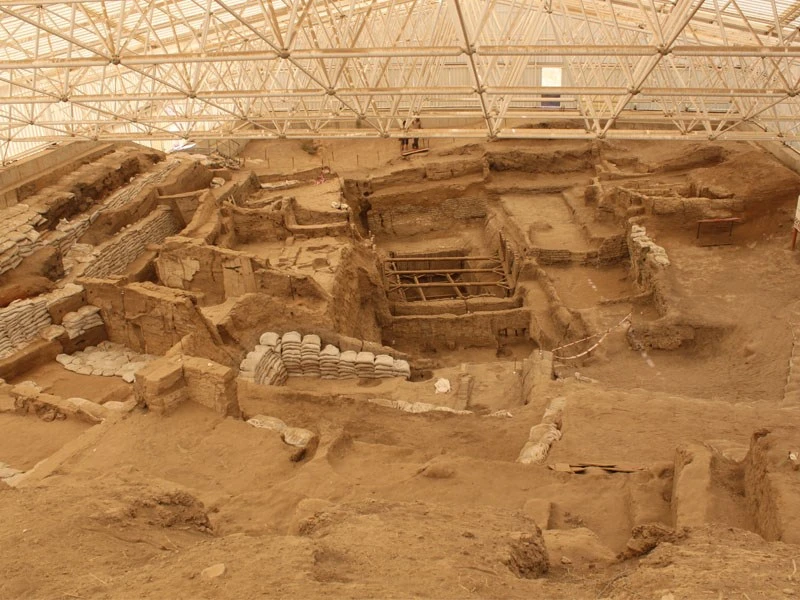 Catalhoyuk Neolithic Settlement. (Photo via the Ministry of Culture and Tourism)
Catalhoyuk Neolithic Settlement. (Photo via the Ministry of Culture and Tourism)
The archaeological record of early civilizations reveals a recurring pattern of growth, urbanization and sudden abandonment. This has puzzled researchers for years. While explanations such as climate change, overpopulation and social pressures have been suggested, a newer hypothesis centers around the impact of disease.
Early dense settlements, such as Catalhoyuk in present-day Türkiye, may have struggled with zoonotic diseases due to close living conditions with livestock. This led to the eventual abandonment of such densely packed living arrangements.
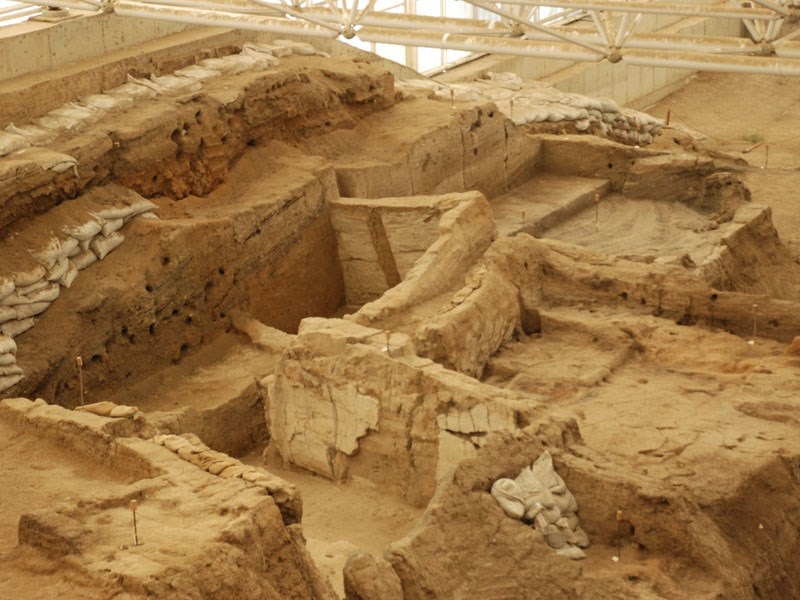
Türkiye’s Catalhoyuk: World’s oldest farming village
Dating back over 9,000 years, Catalhoyuk is considered the world’s earliest farming village. Located on the Anatolian Plateau in Türkiye, it was home to thousands who lived in mud-brick houses tightly clustered together. Despite ample space around the settlement, the inhabitants preferred close quarters, even entering their homes via ladders through rooftop trapdoors.
These people practiced advanced farming, herding sheep and cattle, growing barley, and making cheese. The interior of their homes was kept meticulously clean, with frequent replastering of walls and maintenance of storage bins.
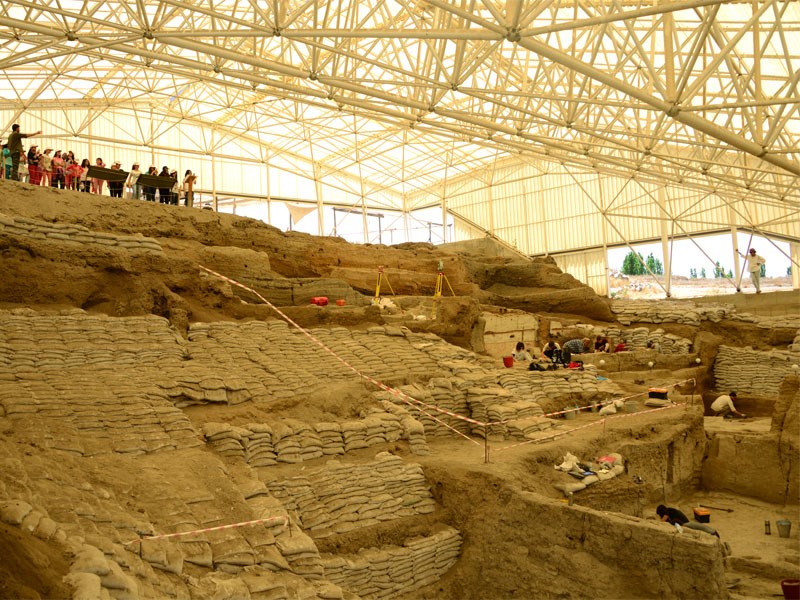
However, by 6000 B.C., this thriving community had mysteriously dispersed, with people moving to smaller, more spaced-out settlements across the surrounding plain.
Role of disease in dispersal of early settlements
Archaeological findings suggest that the close proximity of people and animals at Catalhoyuk could have facilitated the spread of zoonotic diseases.
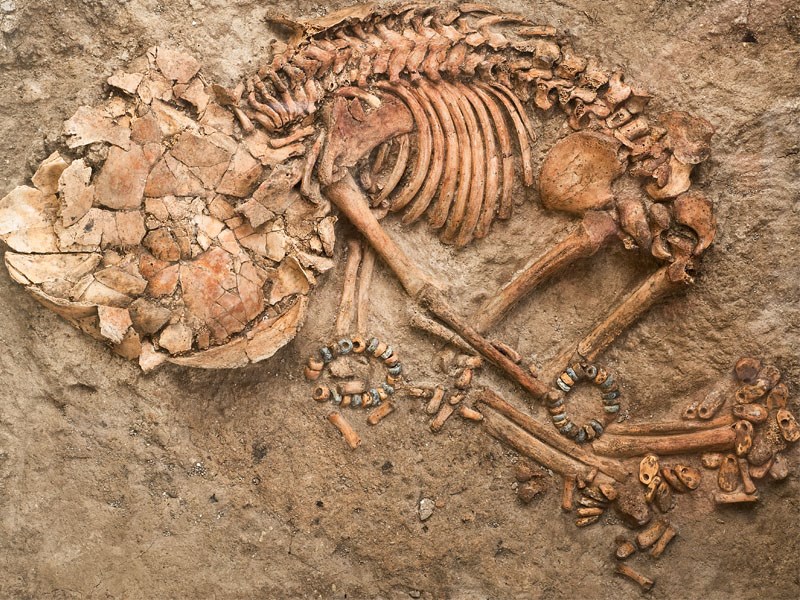
Human and animal bones, intermingled in burials and refuse heaps, point toward the possibility of disease transmission. DNA evidence even traces tuberculosis and salmonella back to this period, supporting the idea that disease played a role in the decline of densely packed settlements.
As these Neolithic diseases evolved and became more contagious, it is possible that early populations realized the benefits of dispersing into smaller, more manageable communities, where the risk of widespread outbreaks was reduced.
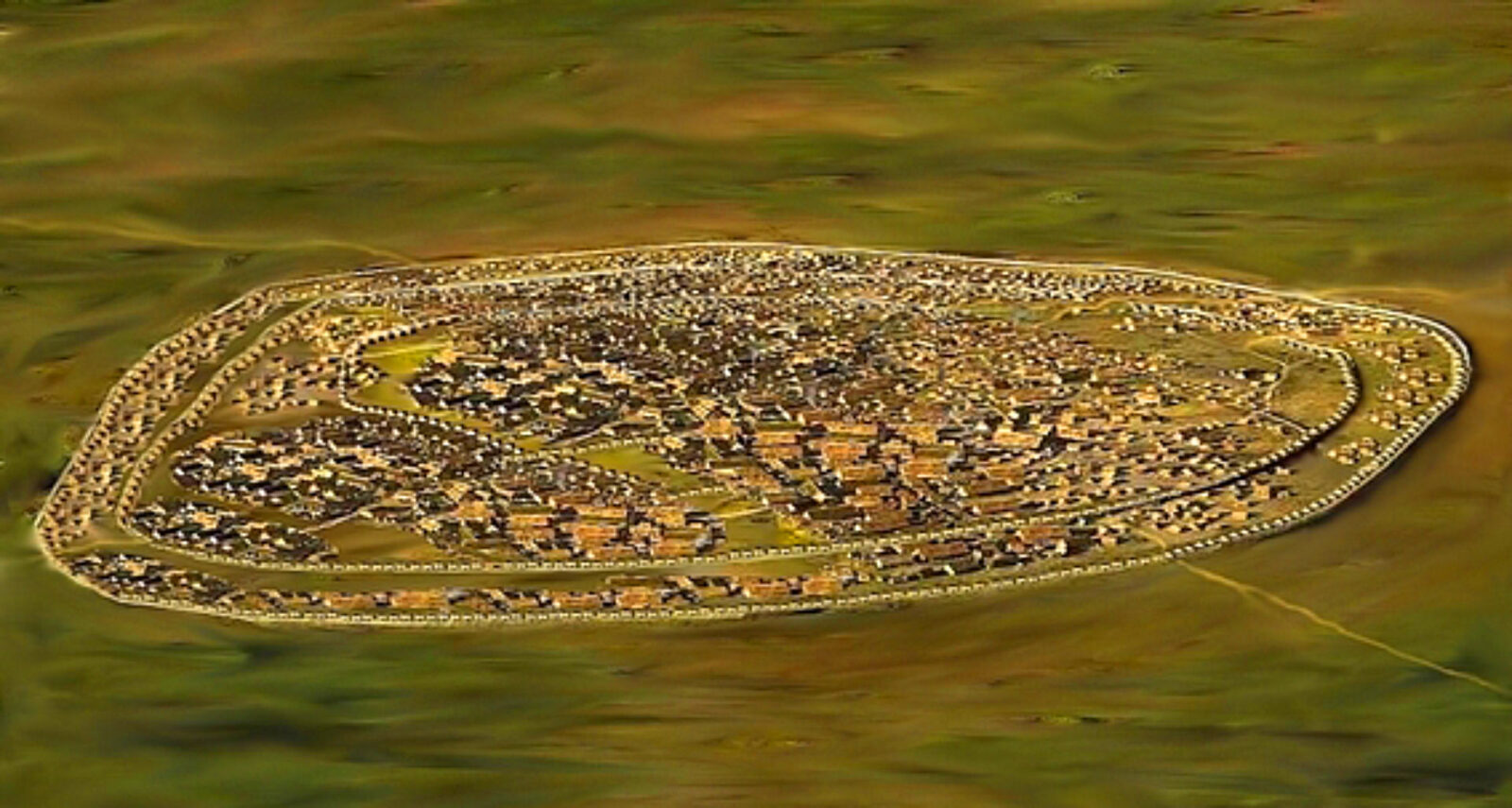
New urban layout 2,000 years later
By 4000 B.C., large urban populations reemerged, this time west of the Black Sea in settlements associated with the Trypillia culture, located in modern-day Ukraine. Unlike the densely packed houses of Catalhoyuk, the houses in these mega-settlements were arranged in concentric ovals with a more spacious layout. Each neighborhood had its own large assembly house, a feature that may have helped limit the spread of disease.
Archaeologists and researchers, using modern epidemiological models, have theorized that this lower-density, clustered layout could have been a natural response to the threat of disease. Simulations show that the organization of the Trypillia settlements would have significantly reduced the spread of early foodborne diseases, given that interaction between neighborhoods was limited.
Urban innovations and new challenges
As cities continued to develop around the world – in Mesopotamia, Egypt, the Indus Valley and China – urban planners began to implement innovations. These included better sanitation practices, such as public water systems, grain storage and food importation, which helped reduce the impact of diseases.
The first cities were not just residential hubs but centers of trade and specialized crafts. By separating residential areas from livestock and introducing new hygiene practices, these cities found ways to thrive even as new disease vectors, like tuberculosis and plague, emerged.
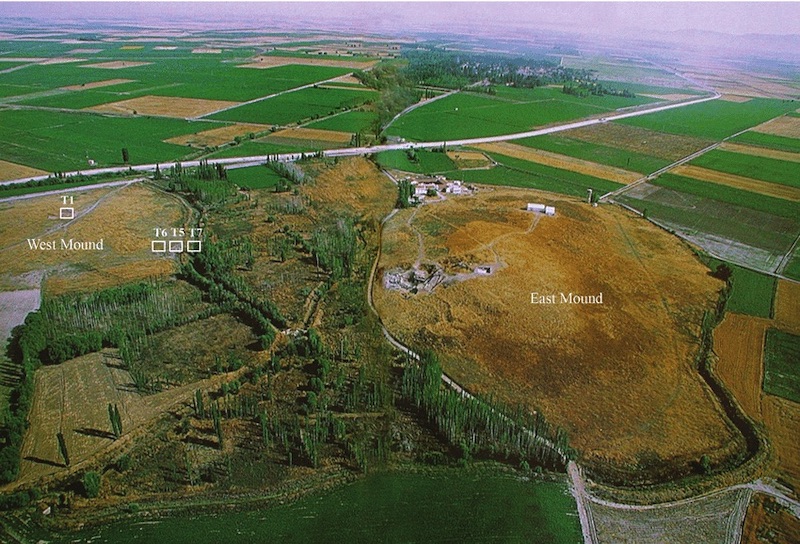
Evolution of urban planning amid disease
The early history of cities, from Catalhoyuk to the Trypillia settlements and beyond, showcases humanity’s continuous battle with disease. The shift in settlement design, from dense clusters to more spread-out, organized layouts, reflects an adaptive response to the threat of disease.
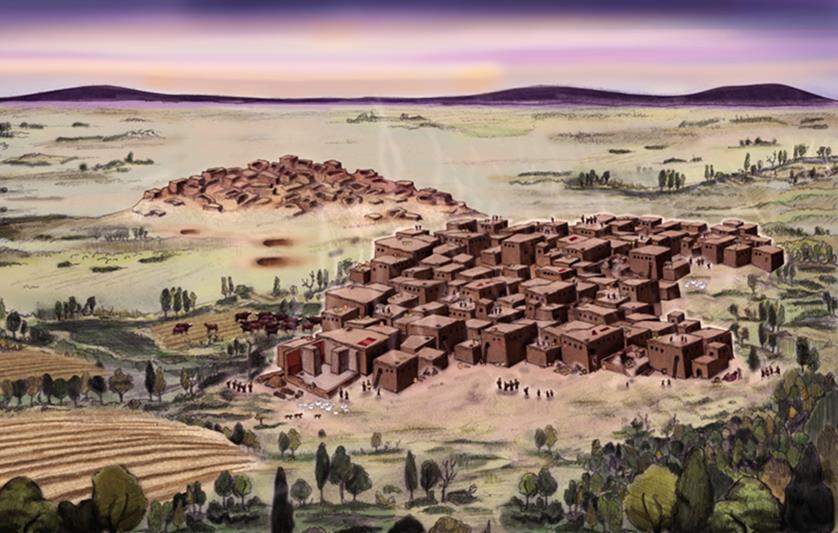
These lessons from Türkiye and beyond demonstrate that urban planning, even in its earliest forms, was a crucial factor in the survival and development of civilizations.
Today, as the world deals with its pandemic challenges, these ancient adaptations provide insight into the enduring importance of space, hygiene and community structure in the battle against disease.



